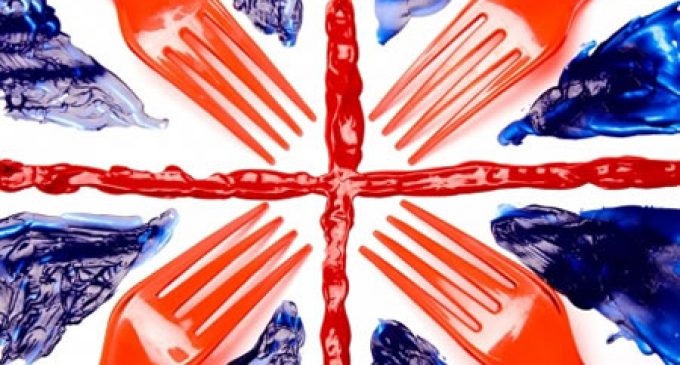UK Food and Drink Exports Grow 15% to £5.9 Billion in Third Quarter of 2017

The Food and Drink Federation (FDF) has published its quarterly Exports Snapshot, which highlights key UK food and drink export figures for the third quarter of 2017. Q3 saw further growth, building on the strength of the record-breaking first half results seen earlier this year (1). Exports grew to £5.9 billion during this time period, up 14.7% on Q3 2016. This represents growth of 11% to £16.1 billion from January to September 2017 (YTD) against the same period in 2016.
From January to September, Ireland, France and the United States remained the top three destinations for UK food and drink in terms of overall value. The US remains the UK’s top non-EU market for exports of food and drink, reaching £1.6 billion, up 7.7%. Growth was reported in all top 20 markets during that time period, apart from Spain, which saw a 7.1% decrease due to reduced sales of barley and wheat (-78%).
The balance between exports to non-EU and EU markets shifted slightly in the third quarter, with growth to non-EU markets (+18.2%) out-performing EU markets (+12.5%). There has been notably rapid growth in the sector’s exports to the Philippines (+289.1%), Latvia (+116.1%), and Iceland (+73.2%). The surge in growth to the Philippines was led by higher demand for pork (85%), whisky (277%), cheese (1608%) and salmon (226%), while exports to Latvia more than doubled from £60m to £129m, driven by sales of whisky (131%), wine (239%), gin (86%) and fish fillets (125%).
Exports of branded products grew by 14.3% in Q3, reaching £1.5 billion, and up 12.7% to £4.3 billion for the first nine months of the year. This means branded export growth is firmly on track to reach FDF’s export ambition ahead of schedule. In 2015, FDF set a target to grow exports of branded food and non-alcoholic drink by a third, from a 2014 baseline, reaching £6 billion by 2020.
Despite the growth recorded, the UK’s food and drink trade deficit increased by 0.7% to – £5.6 billion in Q3 2017 as the trade deficit with EU countries widened.
As part of the Government’s Industrial Strategy, FDF is developing sector deal proposals to boost specialist export support for the industry, with an aim of delivering ambitious long-term export targets for the industry. Exports were highlighted as an area of opportunity for manufacturers in the economic contribution report conducted by Grant Thornton. In the report, China, India and the UAE emerged as the top three markets that exporters would like to target, however food and drink businesses continue to struggle to enter these markets due to complexities, cost and unfamiliarity.
Ian Wright CBE, Director General of FDF, says: “The continued growth of food and drink exports demonstrates the strength of UK production in international markets. UK food and drink is recognised throughout the world for its quality and we must be ready to take advantage of the opportunities created from leaving the EU. Exports to non-EU markets did outperform those to EU markets in the last quarter but the EU remains our number one trading partner. With fewer than one in five food and drink manufacturers exporting, it is vital that we continue to work closely with Government in order to take advantage of the opportunities to sell Great British and Northern Irish food and drink abroad.”
(1) “UK Food and Drink exports see record growth in H1 2017″, 18 August 2017


































